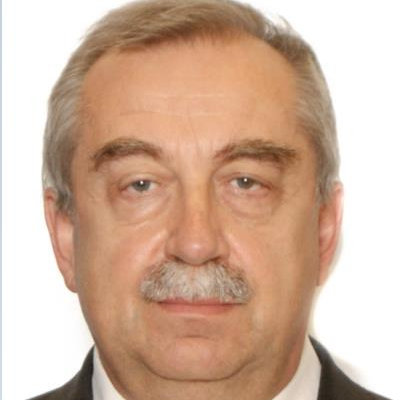THz Spectroscopy Method for Substance Detection and Its Identification
A special issue of Applied Sciences (ISSN 2076-3417). This special issue belongs to the section "Optics and Lasers".
Deadline for manuscript submissions: closed (20 December 2021) | Viewed by 8369

Special Issue Editor
Interests: interaction of laser beam and pulse with semiconductor; photonic crystal; nanoparticles; propagation of femtosecond terawatt laser pulse; optical bistability and multistability; chirped and aberrated optical solitons; frequency conversion of femtosecond pulse; four waves mixing; detection and identification of substances using THz pulsed spectroscopy; passive THz imaging; IR imaging; computer simulation; mathematical modeling; conservative finite-difference scheme; invariants of nonlinear laser pulse and beam interaction with substance
Special Issue Information
Dear Colleagues,
It is a great pleasure, and an honor, to present this Special Issue of Applied Sciences.
The THz band of frequencies is attracting increased interest from the military, security, and medical fields mainly due to the THz signatures. The spectral signatures of threats have become well known to exploit them for security screening purposes. Using machine recognition techniques increases the threat recognition rate. There are some demonstrations of succeful applications of THz TDS for food quality control as well as oil quality control. Futher developing THz TDS methods allows enhancing the efficiency of the detection and identification of the substance and extending of THz spectroscopy application field.
You are cordially invited to submit your original research or review papers to this Special Issue. All papers need to present original, previously-unpublished work and will be subject to the normal standards and peer-review processes of this journal.
Prof. Vyacheslav A. Trofimov
Guest Editor
Manuscript Submission Information
Manuscripts should be submitted online at www.mdpi.com by registering and logging in to this website. Once you are registered, click here to go to the submission form. Manuscripts can be submitted until the deadline. All submissions that pass pre-check are peer-reviewed. Accepted papers will be published continuously in the journal (as soon as accepted) and will be listed together on the special issue website. Research articles, review articles as well as short communications are invited. For planned papers, a title and short abstract (about 100 words) can be sent to the Editorial Office for announcement on this website.
Submitted manuscripts should not have been published previously, nor be under consideration for publication elsewhere (except conference proceedings papers). All manuscripts are thoroughly refereed through a single-blind peer-review process. A guide for authors and other relevant information for submission of manuscripts is available on the Instructions for Authors page. Applied Sciences is an international peer-reviewed open access semimonthly journal published by MDPI.
Please visit the Instructions for Authors page before submitting a manuscript. The Article Processing Charge (APC) for publication in this open access journal is 2400 CHF (Swiss Francs). Submitted papers should be well formatted and use good English. Authors may use MDPI's English editing service prior to publication or during author revisions.
Keywords
- Broadband THz pulse
- detection and identification substance
- reflection and transmission mode
- Surface
- Bulk material
- Powder material
- Pulsed THz spectroscopy
- Noisy THz signal
- Spectral Resolution enhancement
- Food quality
- THz device
- Computer simulation
- Maxwell’s equations
- Methods of THz generation and registration
- Security screening
- Nondestructive testing for industry
- Postal mail and package screening





